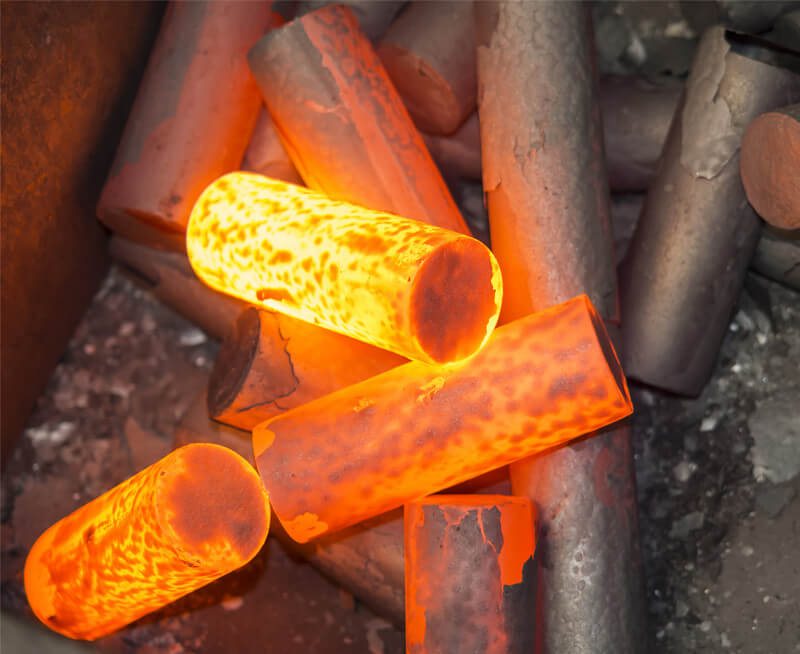Main Differences Between Hot Forming And Hot Forging
Most people confuse hot forging and hot forming to mean the same thing, which is wrong. It is important to note that these are two different forming technologies though they share steps in the processes. So is hot forming different from hot forging? The answer is yes.
In this guide, we will look at some of the major differences between these forming methods. Here are 4 major difference between the two:
Forming Procedures
The biggest difference between hot forming and hot forging is the process of making parts and tools. For the hot forging, the metal being forged is first heated to crystallization temperature. At this temperature, the material has reached its plasticity and is easy to deform to produce the required shape. The heated blank is then out under pressure from the hydraulic press, where it takes the shape of the dies. That’s how products are formed.
For the hot forming, the process is almost the same as forging in the initial steps. The blanks are heated to crystallization temperature, where it produces good plasticity. But instead of using pressurized blows for plastic deformation, it uses mechanical deformation. That’s how hot-formed products are made. So hot forming is a more tiring process.
Quality Of Formed Products
The quality of the products formed by the two forming processes is also very different. The hot forged products are of better quality because of a number of things. One of them is better strength and hardness compared to hot-formed parts. This is why the use of hot forming has been declining in recent parts. Hot forging produces metal products with inferior grains compared to forged parts.
Space Use
For the machine size, both forming technologies are very different. As well know by now, hot forging uses pressure for the generation of the compression force. Similarly, hot forming uses mechanical deformation. This means for the case of machine size, hot forging uses a relatively small machine. So, the whole setup will fit in a small space. But for the hot forming set up of the same capacity, you will require a much large space.
Cost Of Production
The production of the mechanical compression force in hot forming is more costly compared to pressurized compression force. This means hot forged products will be available to the market at a lower price. This is another factor that explains why most machine parts manufacturing is moving away from hot forming technology.
